For the first water test I've set the camera to 2 photos per minute and deployed it for about an 1 hour in ~2m of water (at a beach close by). Where I tested the camera there are LOTS of octopus, so they made for good subjects.
The small 2.4Ah lead acid battery can do around ~5 hours with the current configuration.
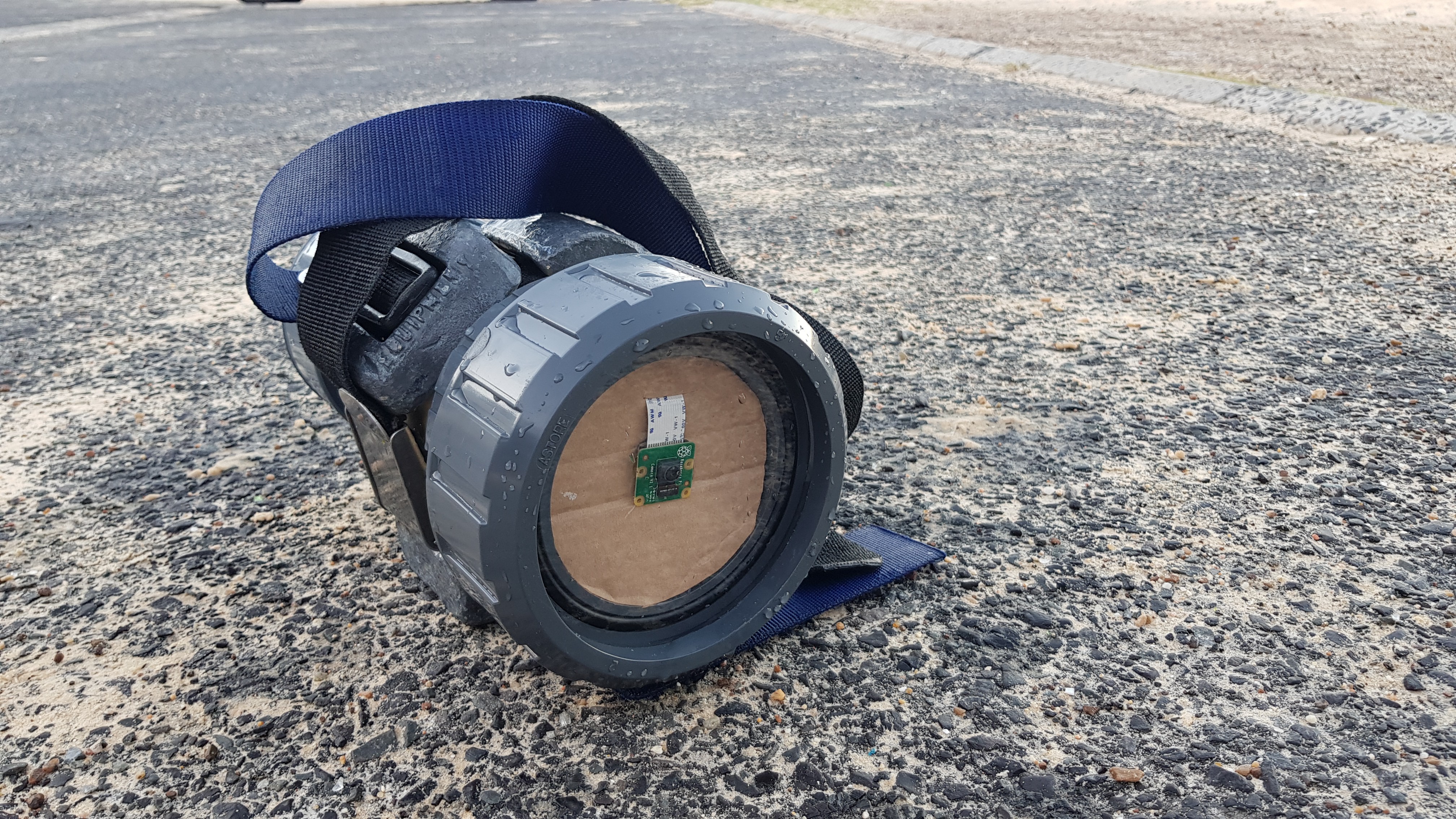
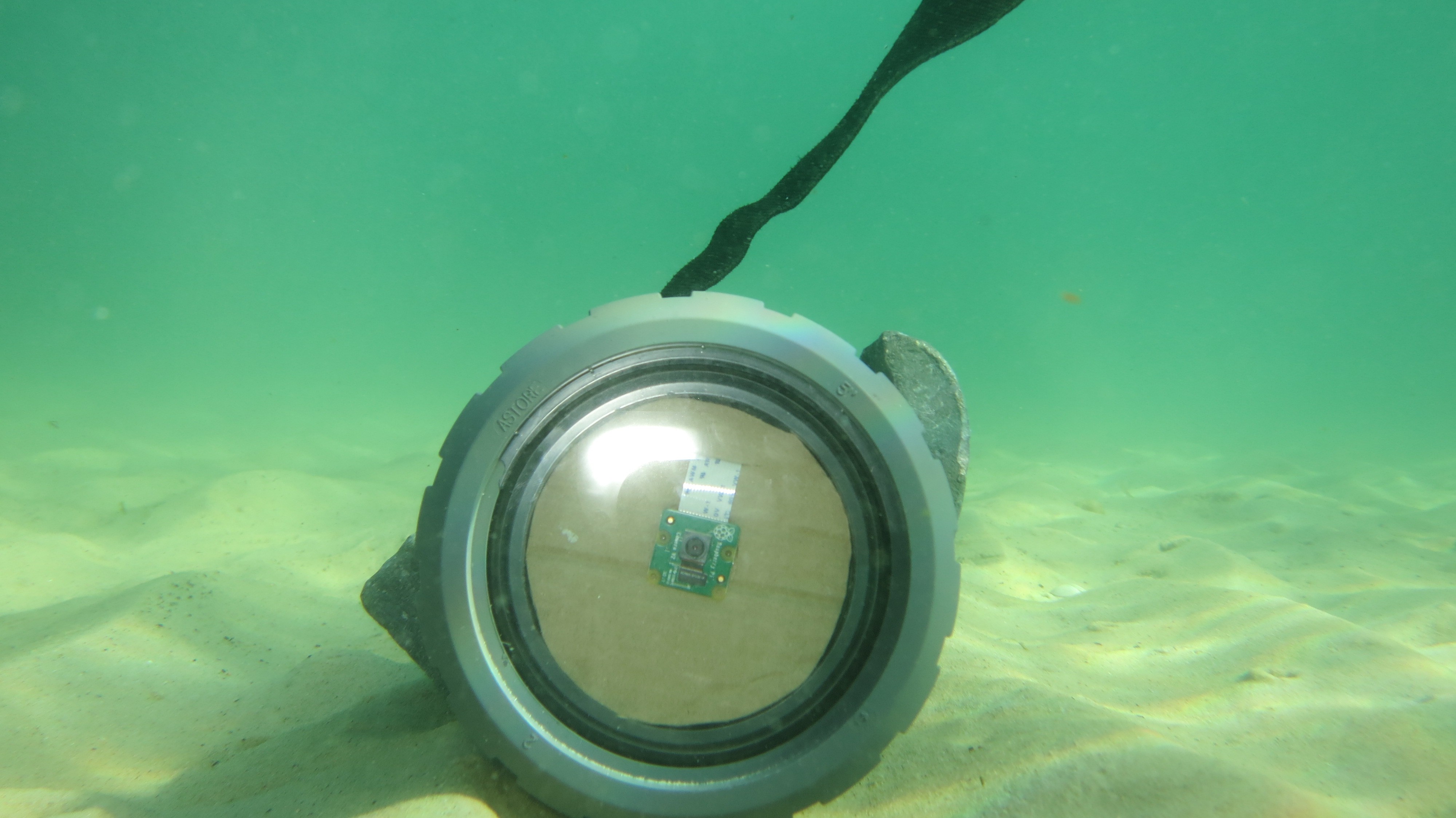
Being impatient I moved the camera around a few times, but this turned out to be good for the tests.
Below are some of the results:
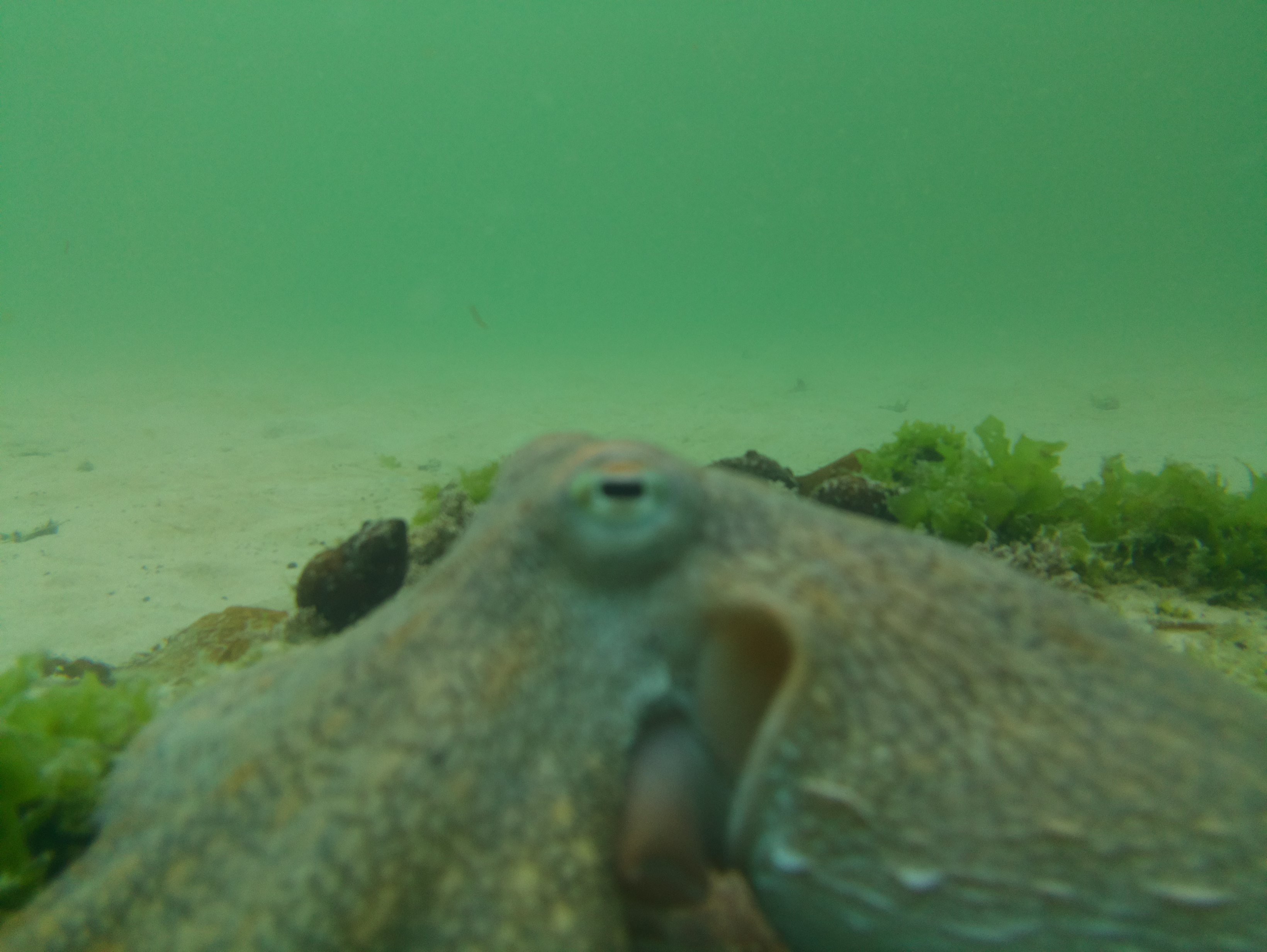
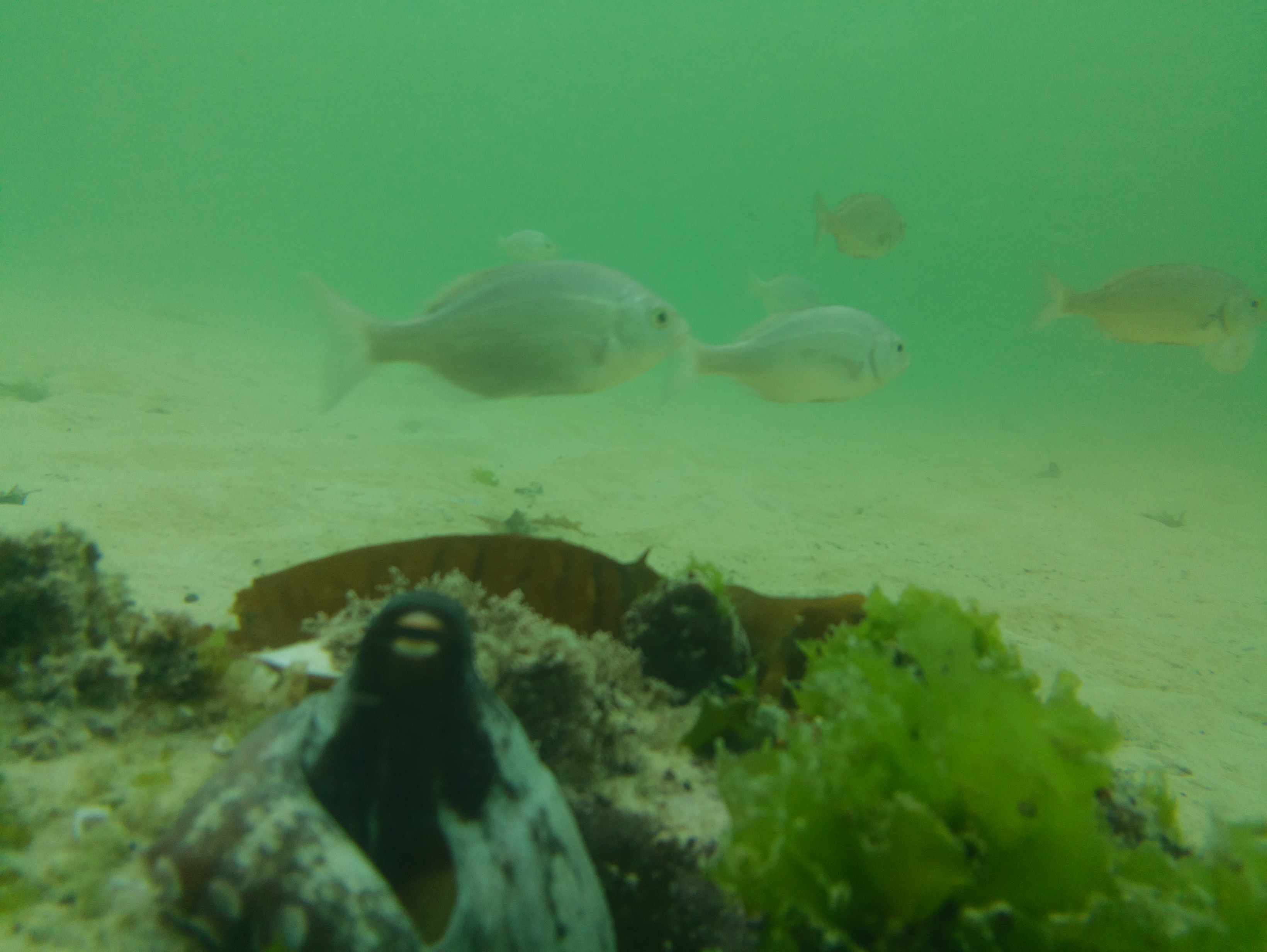
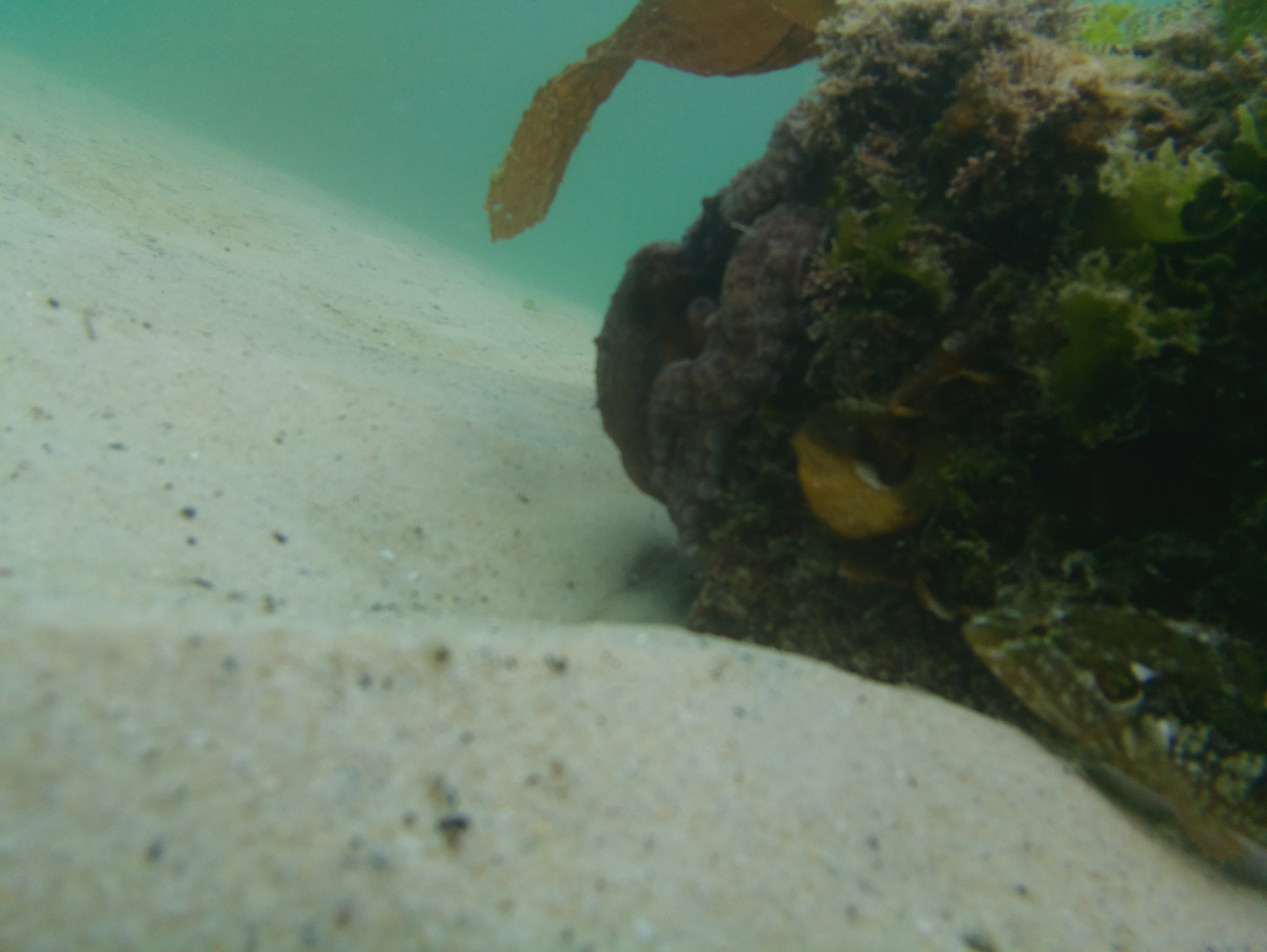
And here is a time lapse:
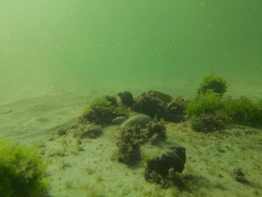
Notes and issues:
- Resolution: 2 photos per minute is not fine scale enough. I was hovering a couple of feet away and there was two octopus fighting over the hiding hole. Footage missed that completely.
- Focus: I will need to determine where the best range of focus is for the camera. In this case I missed it.
- Light: The Raspberry Pi V2 handled they underwater lighting REALLY well. Or shall I say a lot better than what I thought.
- Ballasting: To keep it in place, two weight belts were used. +4kgs of weight was put on.
- Feedback: Consider a ON light. Note LED lights will have an effect on animals. So might not be worth it.
Moving forward (the immediate future).
Do another test:
- Test video. Test power consumption with video.
- Find ideal range for the focus.
 Fred Fourie
Fred Fourie
Discussions
Become a Hackaday.io Member
Create an account to leave a comment. Already have an account? Log In.